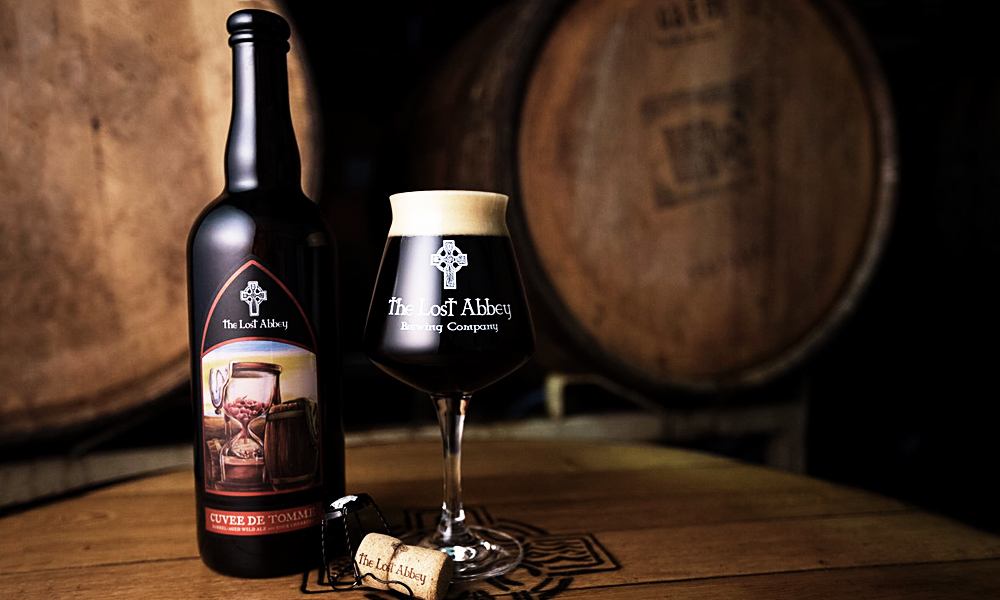Some beer fans stop at their local grocery store, grab a six-pack of their favorite beer, drive home and crack a bottle as soon as they get there. But there are other beer fans who are willing to wait a little longer to sample the goodness within those bottles. For these people, wild ales are the perfect answer. They can buy a few bottles, place them in their cellar and wait years before opening them, because, unlike other beer styles, wild ales only get better with age. They can drink an IPA or stout while they wait. Want to hold onto some wild ales for future imbibing? Want a couple beers to save for when your son is old enough to drink? Here are 8 wild ales you can enjoy in a decade.
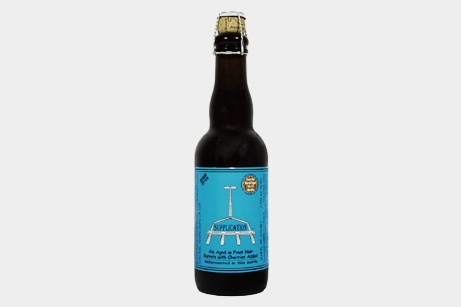
Russian River Supplication
This 7% ABV wild ale isn’t for everyone. While wild ales are tart, this is not for the sour beer novice. This brown ale is matured for a year in Pinot Noir casks from wineries in Northern California and conditioned on cherries. Brettanomyces, pediococcus and lactobacillus all give it a sour, funky, wild flavor that can be intense for a first-timer. It’s like taking a bite out of some tart cherries. Link
Learn More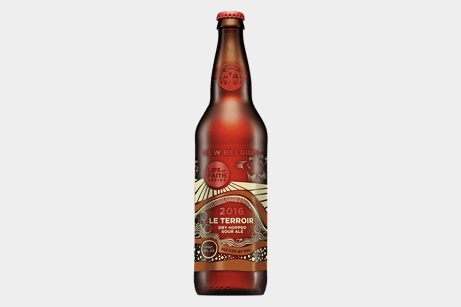
New Belgium Le Terroir
If you only know Colorado’s New Belgium for Fat Tire, then you are definitely missing out on some amazing beer experiments. Their Lips of Faith series has given the world a few amazing, unique offerings. Le Terroir, with its 7.5% ABV, is aged in foeders (wooden vats) before being dry-hopped to give it a well-rounded tart and hoppy flavor. It’s a good stepping-stone into the world of sour beers. Link
Learn More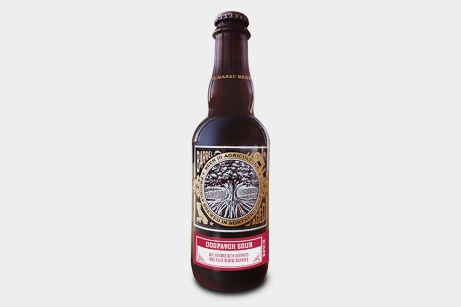
Almanac Dogpatch Sour
This wild ale gets its name from the San Francisco neighborhood Almanac is located in. It’s a subtly tart ale brewed with cherries, various house yeasts, sourdough yeast, and bacteria, before being aged in wine barrels for over eight months. The base is a Belgian-style red ale that undergoes a metamorphosis, of sorts, with the addition of the various yeasts and bacteria. It’s tart, but also oaky with notes of caramel and vanilla from the barrel-aging process. Link
Learn More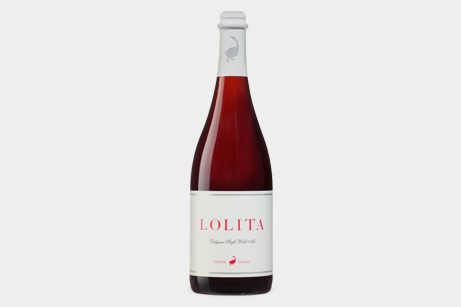
Goose Island Lolita
This 8.7% Belgian-style wild ale is different than most wild ales on the market. Instead of the usual red or brown ale, this beer’s base is a pale ale. It’s fermented with various wild yeasts and loaded with raspberries before maturing in wine barrels. It’s tart, crisp and perfectly suited for fans of wild ales with a sweet tooth. Link
Learn More
The Lost Abbey Cuvee De Tomme
If you’re going to buy a wild ale to leave to age in your basement for years, this is a great choice. This 11% brown ale was fermented with Candi sugar, raisins, sour cherries and malted barley. After fermentation, it’s matured for a year in bourbon barrels with more sour cherries and wild Brettanomyces yeast. If you can get your hands on this beer you’ll really have to use self-control to not drink it immediately. Link
Learn More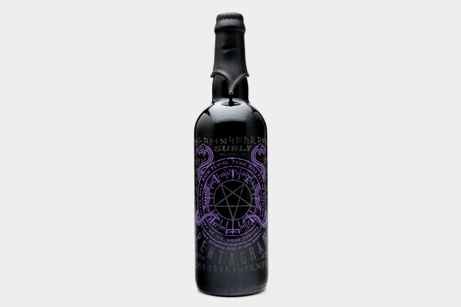
Surly Pentagram
This wild ale is fermented in stainless steel before being aged in red wine barrels. The yeasts used to make it “wild” are Brettanomyces, Claussenii and Bruxellensis—which, in English, means it’s going to be tart and funky. According to the Surly site, “Brett is a unique yeast strain that produces flavors that would be offensive if they weren’t intentional.” That’s a pretty good summary of the entire wild ale category, and this beer in particular. Link
Learn More
Troegs Wild Elf
If you can find Wild Elf don’t drink it right now. You should put it down in your basement and set it aside for holiday consumption next year or the year after. Troegs took their famous Mad Elf brew and fermented it a second time in barrels with cherries from a local farm. They also introduced Brettanomyces, Lactobacillus and Pediococcus yeasts into the mix for that tart funk. Link
Learn More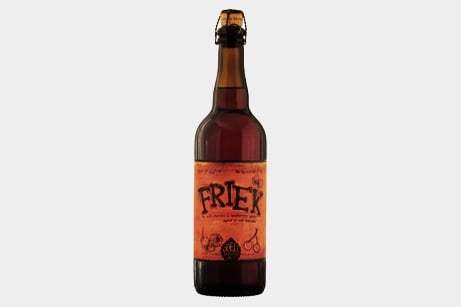
Odell Friek
There’s a reason this beer is called “Friek.” It’s definitely a different kind of ale. This 6.9% wild ale is a combination of a kriek (hence the name) and framboise. Wild yeast was added to the mixture along with cherries before everything was aged in oak barrels. To top it off, the brewers added fresh raspberries right at the end of the maturation process to give the beer a serious dose of fruit flavor. Link
Learn More
